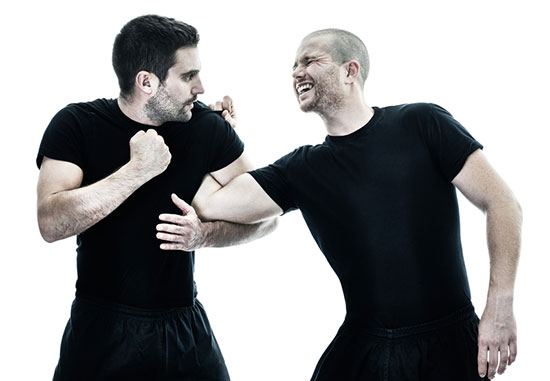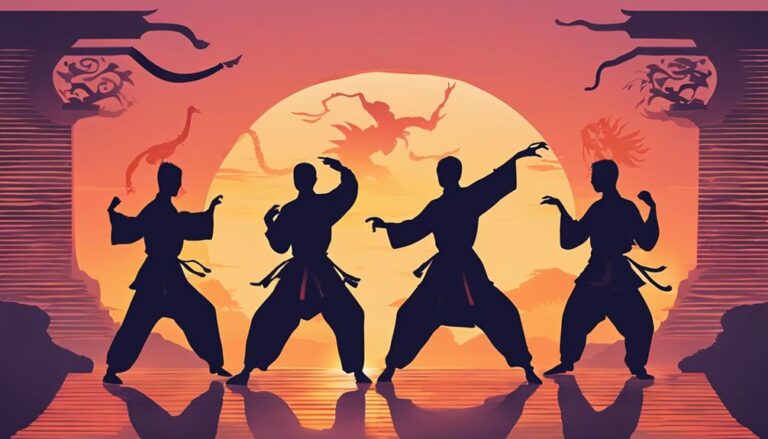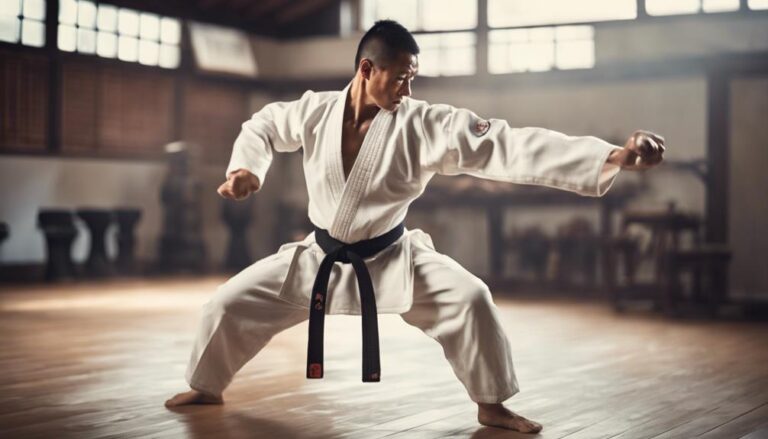Interestingly, as you’re exploring ways to enhance your martial arts teaching methods for children, it turns out that understanding their unique psychology and physiology plays a pivotal role.
You’ve probably noticed that traditional teaching strategies don’t always resonate with younger students. Their shorter attention spans and need for immediate gratification require you to adopt more engaging and interactive approaches.
Incorporating games, breaking down techniques into manageable steps, and using positive reinforcement is just the tip of the iceberg.
Let’s discuss how these strategies can transform your classes, keeping your young students motivated and eager to learn more.
Contents
Understanding Child Psychology
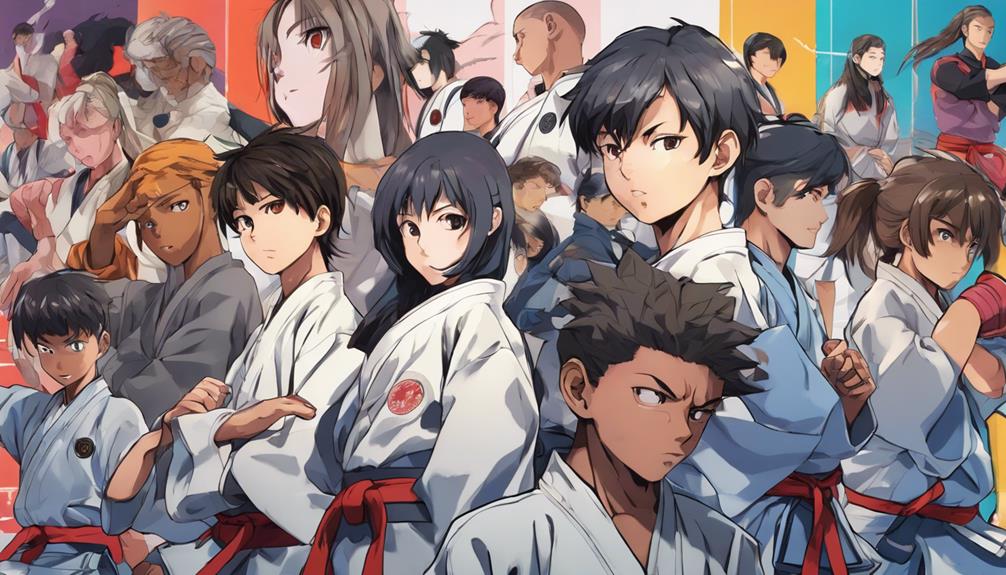
To effectively teach young martial artists, it’s essential to grasp the fundamentals of child psychology, recognizing that their learning processes differ significantly from adults. As you embark on teaching children, remember they thrive on interactive activities that align with their cognitive development. This approach not only captivates their shorter attention spans but also enhances their learning experience.
Incorporate games and drills that are both fun and educational, making the most of their innate curiosity and zest for movement. Understanding these psychological aspects is crucial in crafting lesson plans that are both engaging and instructive. By doing so, you’ll foster an environment where young learners feel validated and encouraged, paving the way for their success in martial arts and beyond.
Keep discipline in your methods, but ensure your teaching is always wrapped in positivity and support.
Breaking Techniques Into Steps

As you move forward, it’s crucial to simplify complex moves for your young students, breaking them down into manageable steps.
This step-by-step learning approach not only boosts their confidence but also ensures they’re mastering the fundamentals thoroughly.
Simplify Complex Moves
Often, the most effective way to grasp complex martial arts techniques is by breaking them down into smaller, more manageable steps. When you simplify complex moves, it’s not just about making the technique easier; it’s about building a solid foundation. Here’s how you can do it:
- Use visual aids and demonstrations to clearly show each step. This visual guide will help you understand the flow and purpose of each movement.
- Emphasize each step individually, ensuring you master one before moving on to the next. This disciplined approach prevents overwhelm and mistakes.
- Encourage practice and repetition. Only through consistent effort will these steps become second nature, enhancing your proficiency.
Step-by-Step Learning Approach
Building on the foundation of simplifying complex moves, let’s now explore how breaking techniques into steps can significantly improve your mastery of martial arts.
For young students, a step-by-step learning approach isn’t just a method; it’s a pathway to building confidence. By dissecting martial arts techniques into smaller, manageable parts, you’re allowing yourself to focus intensely on one component at a time. This method enhances your understanding and retention, ensuring that each move isn’t just performed but mastered.
Moreover, this approach reduces frustration. Instead of facing the daunting task of perfecting a complex move all at once, you’ll progress steadily, building your skills and confidence sequentially. Remember, mastery comes one step at a time.
Incorporating Fun Games
As you move forward in your teaching journey, consider integrating creative movement drills and reward-based learning activities into your martial arts classes. These methods not only make sessions more engaging for young students but also reinforce the skills they’re developing in a fun, memorable way.
Creative Movement Drills
To maximize the development of coordination, agility, and motor skills in young martial arts students, instructors should integrate creative movement drills with fun games. This approach not only keeps the drills engaging but also ensures young students look forward to their martial arts training. Here are a few key points to remember:
- Creative movement drills enhance creativity, teamwork, and problem-solving skills.
- Fun games make the learning process enjoyable, fostering a positive attitude towards martial arts.
- By combining these elements, instructors create a dynamic and interactive learning environment.
Encourage your students to dive into these activities with enthusiasm. Your disciplined yet encouraging approach will help them develop invaluable skills while having a blast. Remember, the goal is to nurture their love for martial arts through these engaging drills and fun games.
Reward-Based Learning Activities
Incorporating fun games and reward-based learning activities into your martial arts classes can significantly enhance student engagement and motivation. As a martial arts instructor, you’re not just teaching techniques; you’re also instilling discipline, focus, and a love for the sport in your younger students.
By integrating game challenges that involve martial arts skills, you make learning not only more enjoyable but also more effective. Utilize rewards like stickers, badges, or small prizes to acknowledge game achievements. This approach not only reinforces positive behavior and effort but also keeps the learning environment vibrant and stimulating.
Fostering Discipline and Respect
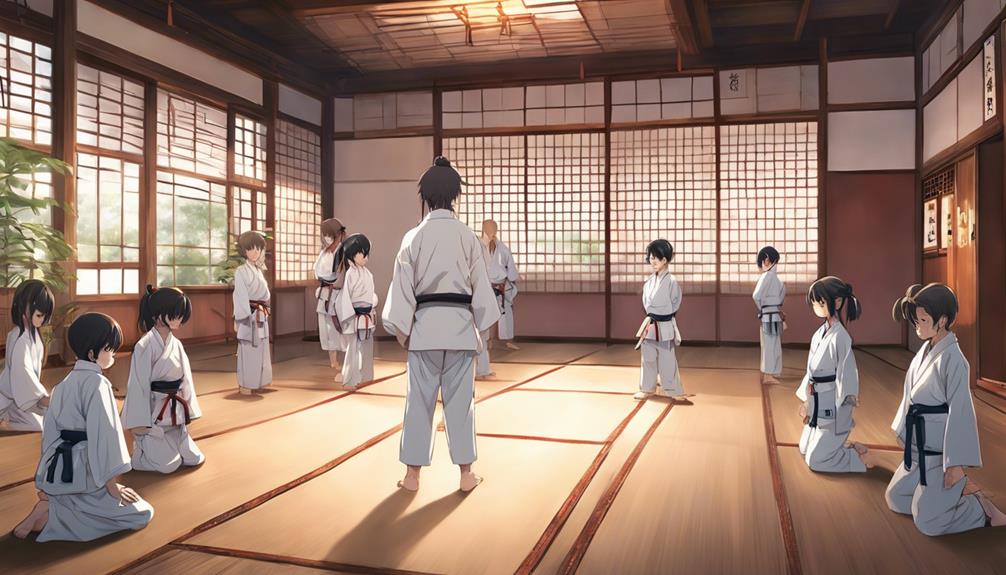
Building discipline and respect in young martial arts students is fundamental to their growth both inside and outside the dojo. These qualities aren’t just about following orders; they’re about developing self-control, focus, and a deep appreciation for the martial arts tradition.
To instill these virtues:
- Set clear rules and expectations from the start to help students understand the importance of discipline and respect.
- Consistently reinforce these principles, ensuring students know that discipline and respect are non-negotiable parts of their training.
- Role model discipline and respect as instructors, showing students through your actions how to embody these qualities.
Encouraging Regular Practice
Encouraging regular practice is key to mastering the art of martial arts, as it sharpens skills and builds necessary muscle memory. To cultivate this habit, setting a practice schedule is essential. It instills discipline and creates a routine, ensuring that practice becomes a part of daily life.
Opt for short, focused sessions multiple times a week rather than sporadic, lengthy ones. This approach keeps motivation high and prevents burnout. Additionally, setting specific goals for each practice session can significantly boost a student’s drive to improve.
Integrate fun, interactive practice drills to maintain engagement and enthusiasm. These drills not only make practice enjoyable but also enhance the learning experience, making consistent practice an activity young students look forward to.
Providing Positive Feedback
After establishing a regular practice routine, it’s essential to focus on providing positive feedback to further boost young students’ confidence and motivation in their martial arts journey. Positive feedback is a powerful tool. Here’s how you can make the most of it:
- Be specific and constructive in your praise, helping students understand their progress.
- Acknowledge their effort and improvement, reinforcing positive behaviors and the value of hard work.
- Celebrate small victories and milestones to keep them engaged and excited about their learning path.
Using encouraging words and recognizing the hard work of your students creates a supportive and inspiring environment. This approach not only enhances their skills but also fortifies their mental resilience and passion for martial arts.
Conclusion
In wrapping up, remember, teaching young martial artists isn’t just about techniques; it’s about understanding their world. Break down lessons into manageable steps, and don’t shy away from mixing in fun games to keep their interest peaked.
Instill discipline and respect early on, encouraging regular practice outside class. Most importantly, always provide positive feedback to fuel their passion and confidence.
You’re not just teaching martial arts; you’re shaping future champions, both in the dojo and in life. Keep inspiring!

